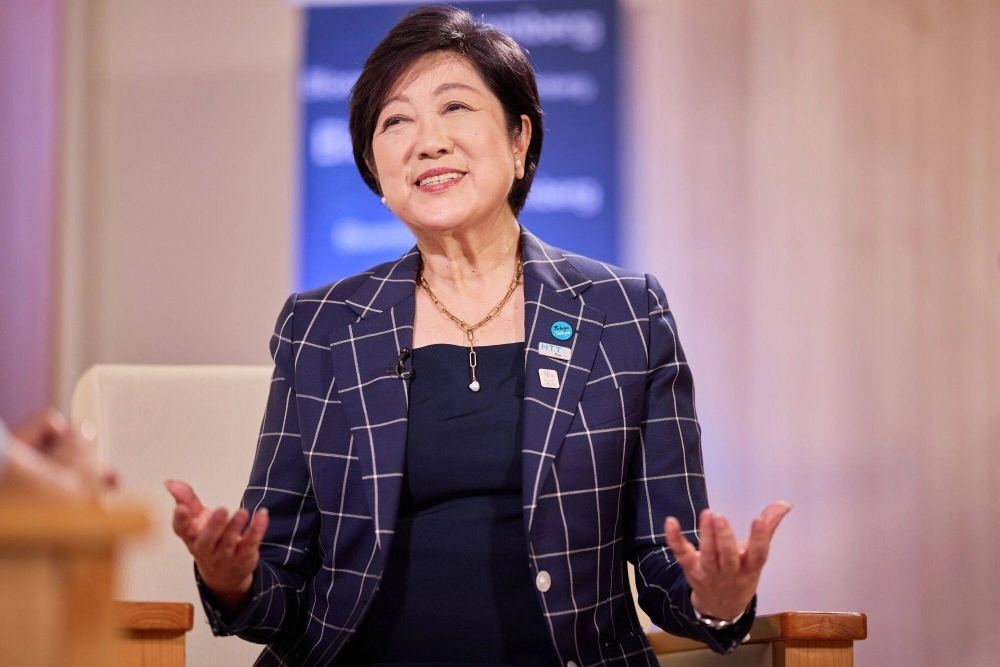Tokyo Gov. Yuriko Koike might be the most recognizable female politician in the nation’s history, and it's widely thought that she is en route to securing her third term in office in the gubernatorial election set for July 7 — even with challenges in the form of rival Renho and a record number of candidates.
Ever since she became governor in 2016 under the banner of “Tokyo Reform 1.0,” she has taken center stage in the nation’s politics.
“Looking back on my two terms over eight years, I have worked with all my might to protect the lives and livelihoods of the people of Tokyo — during this time I have implemented historic COVID-19 prevention methods and through it also held the Tokyo 2020 Games,” Koike said in her campaign kickoff speech on June 20.


















With your current subscription plan you can comment on stories. However, before writing your first comment, please create a display name in the Profile section of your subscriber account page.